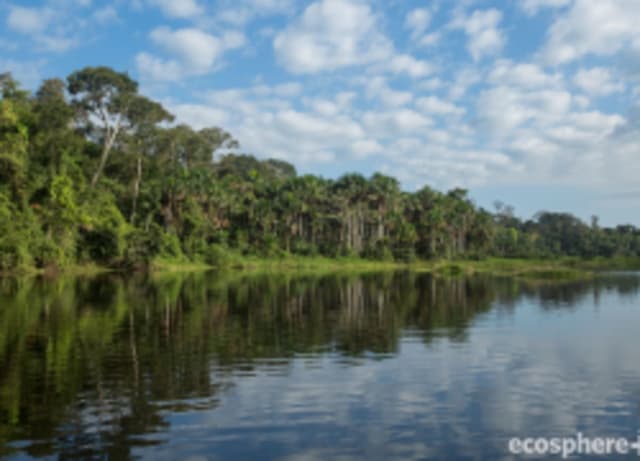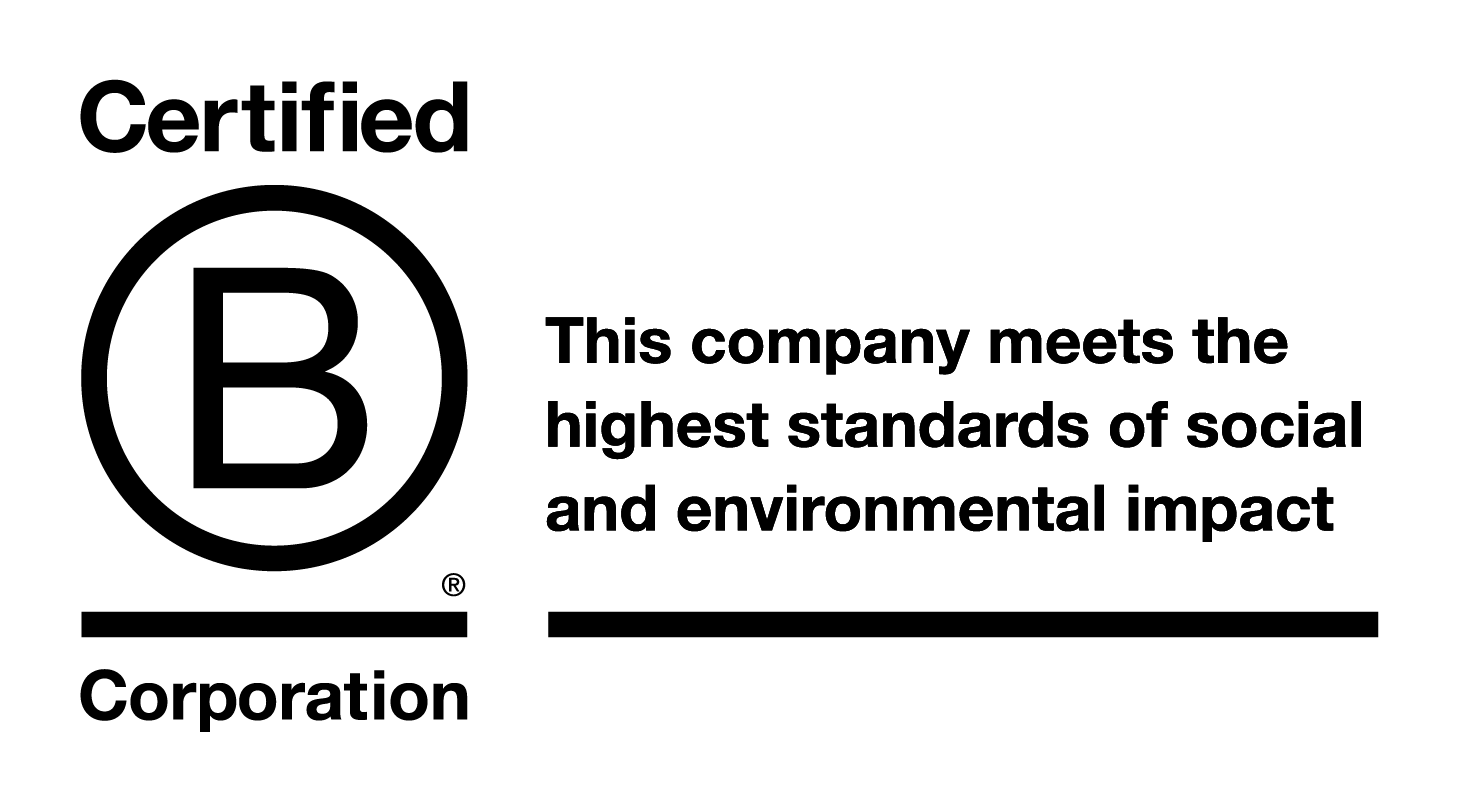Go the extra mile
Towards a cooler planet
The future of sustainable aviation fuel: A path to sustainable skies
5 February 2025
As the aviation industry faces increasing pressure to reduce carbon emissions, sustainable aviation fuel (SAF) emerges as a promising solution. This blog explores the potential of SAF to transform air travel, the challenges of scaling production, and the implications for airlines and passengers alike.
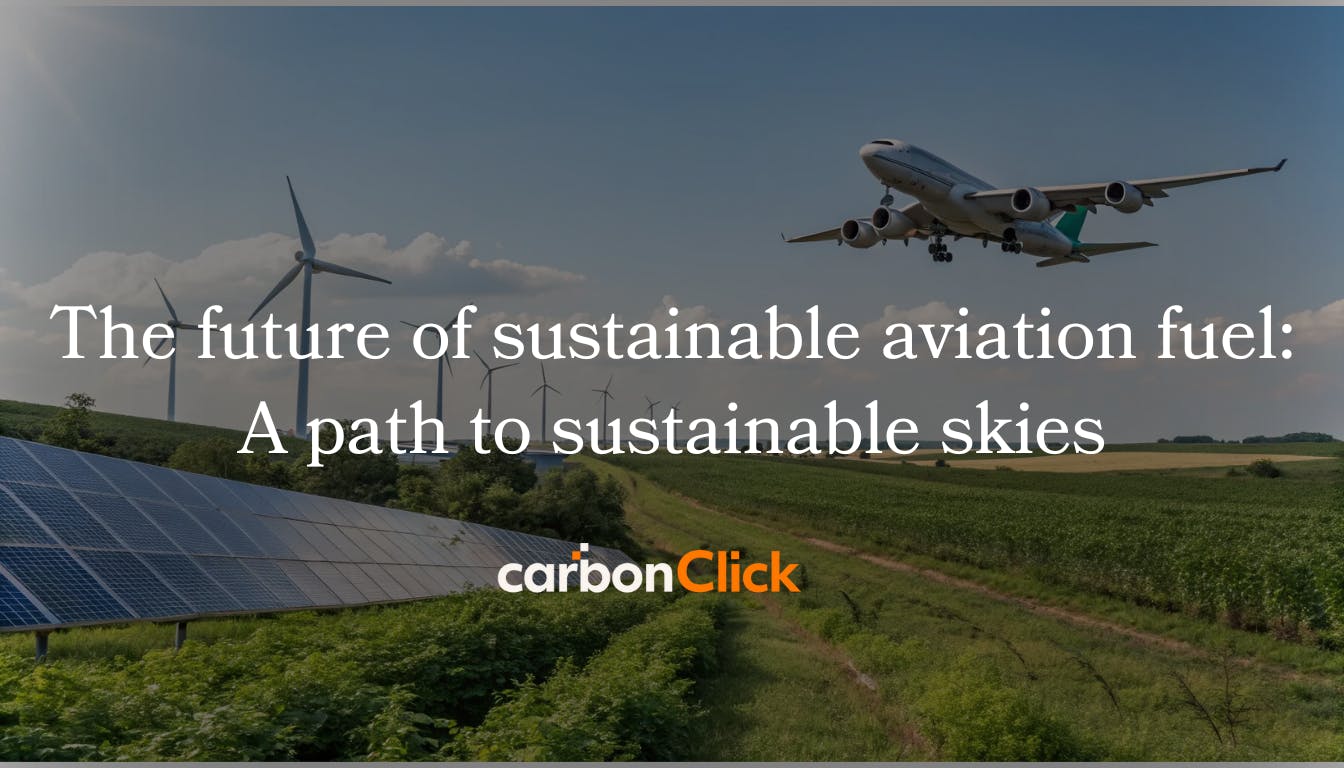
The need for sustainable aviation fuel
The aviation sector is a significant contributor to global greenhouse gas emissions. As travel demand increases, so does the urgency to find sustainable solutions. Sustainable aviation fuel (SAF) presents a viable option to reduce these emissions.
With climate change at the forefront of global discussions, the aviation industry faces mounting pressure from regulators, consumers, and environmental groups. Transitioning to SAF can play a crucial role in lowering the industry's carbon footprint.
Moreover, SAF offers a unique opportunity to leverage existing aircraft and infrastructure. By blending SAF with traditional jet fuel, airlines can begin reducing emissions without the need for extensive modifications to current fleets.
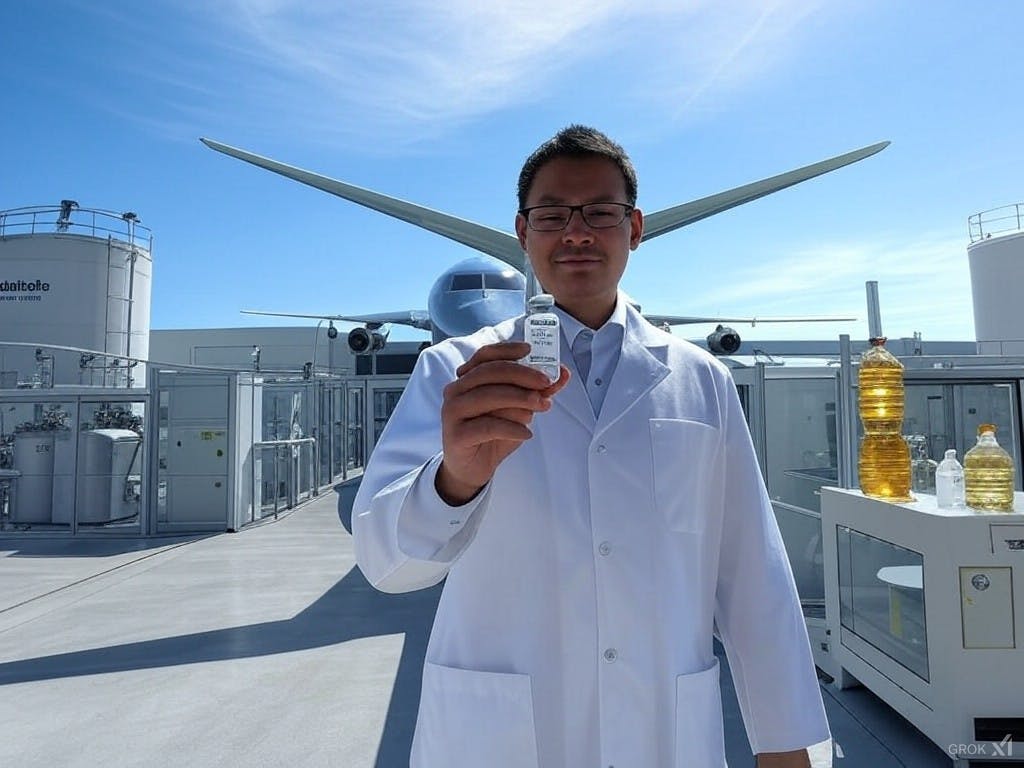
Understanding sustainable aviation fuel
Sustainable aviation fuel is produced from renewable resources, such as plant oils and waste materials. Unlike conventional jet fuel, SAF can significantly lower lifecycle carbon emissions, with reductions of up to 80% achievable.
There are various pathways to produce SAF, including:
- Biofuels: Derived from organic materials.
- Synthetic fuels: Created using carbon capture and renewable hydrogen.
- Waste-based fuels: Produced from discarded materials, such as cooking oil, wood pulp etc.
Each type has its benefits and challenges, but all contribute to the goal of cleaner air travel.
Boeing's commitment to SAF
Boeing has set ambitious targets for integrating SAF into its operations. The company aims to ensure that all commercial planes delivered by 2030 will be certified to fly using 100% SAF.
This commitment reflects a broader recognition of the importance of sustainability within the aviation industry. Boeing is not only investing in SAF production but also collaborating with airlines and fuel producers to facilitate this transition.
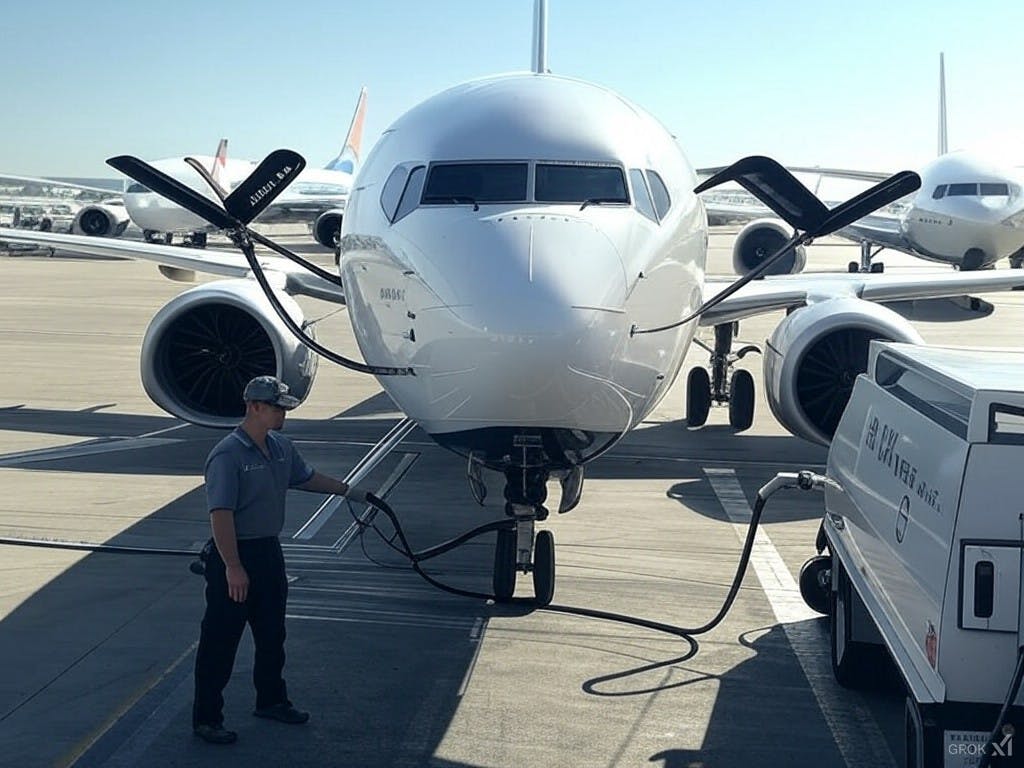
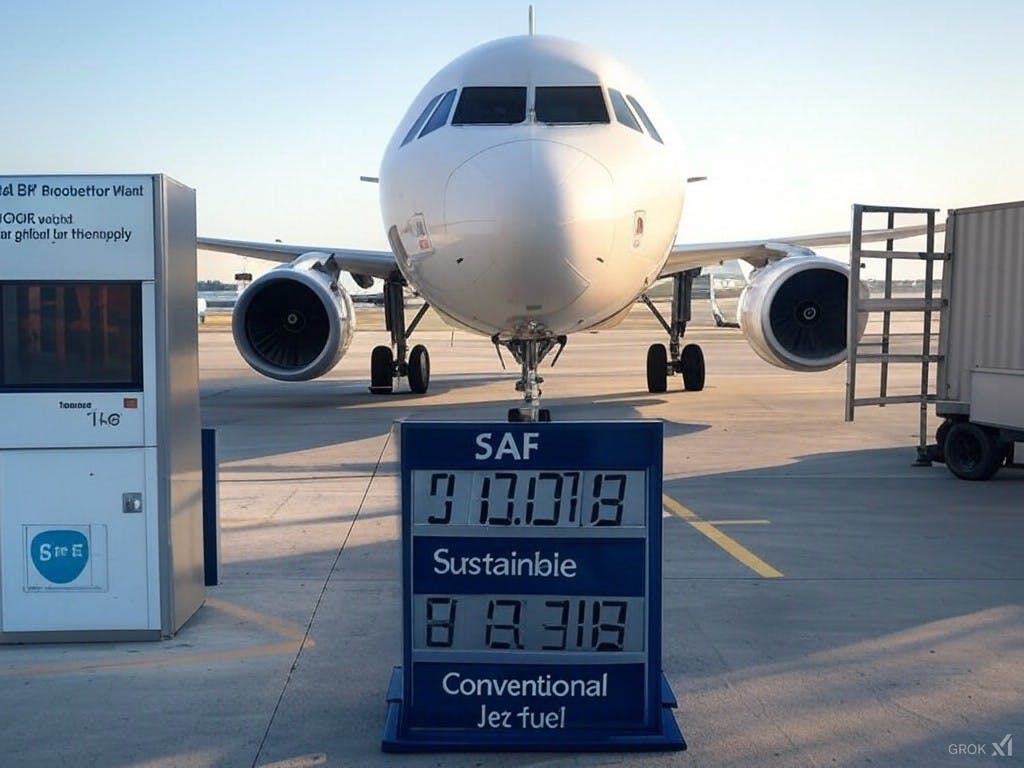
Current challenges in SAF production
Despite the promise of SAF, several challenges impede its widespread adoption. Currently, SAF production accounts for less than 1% of global jet fuel consumption. This scarcity is compounded by high production costs, which can be three to five times that of conventional jet fuel.
Additionally, scaling up production poses logistical and environmental concerns. The demand for feedstocks can lead to land use changes and deforestation, potentially offsetting the environmental benefits of SAF.
Types of sustainable aviation fuel
Understanding the different types of SAF is critical in assessing their viability and environmental impact. The primary categories include:
- Biofuels: Produced from crops or waste, these fuels are currently the most available option.
- Synthetic e-fuels: Created through advanced processes, these are still in development stages but promise a closed carbon cycle.
- Waste-based fuels: Utilizing discarded materials helps reduce waste and provides a renewable source of energy.
Each type presents unique advantages and constraints, influencing their adoption in the aviation sector.
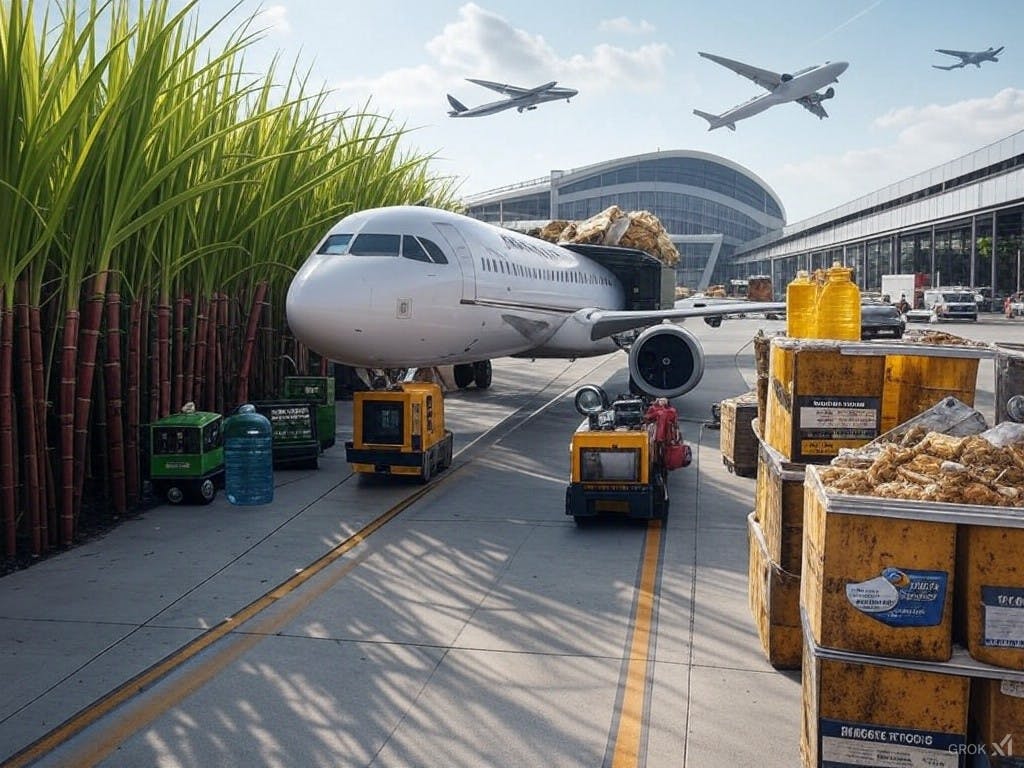
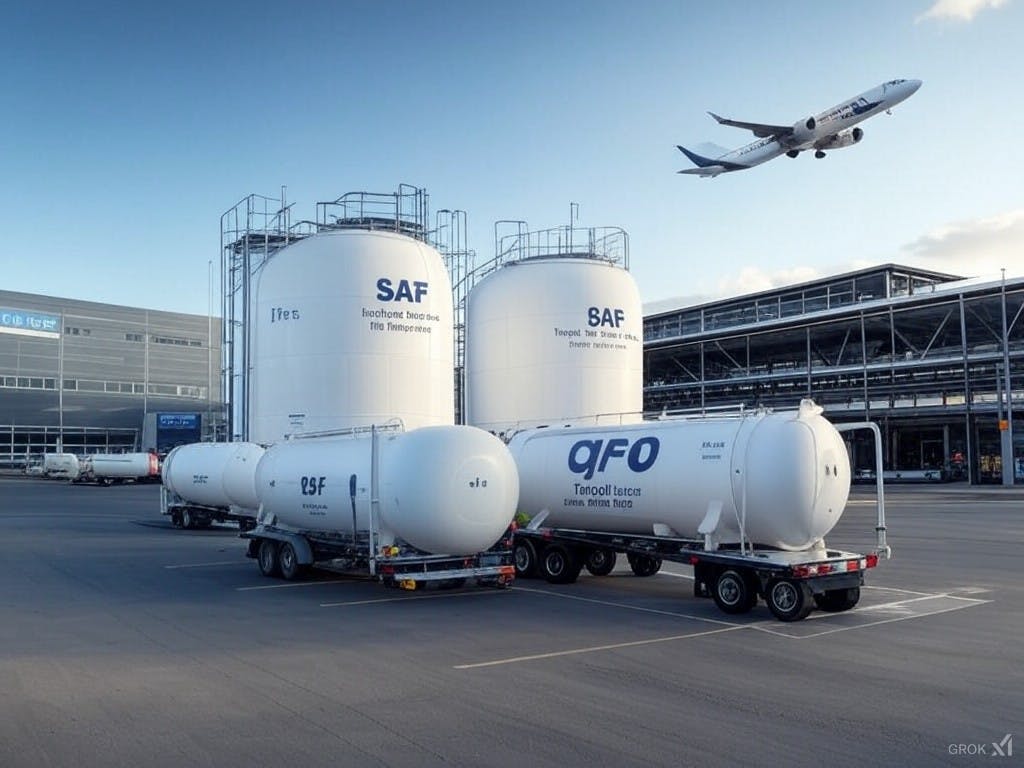
The scale of production required
To meet future aviation demands and emissions targets, SAF production must increase dramatically. Estimates suggest that by 2050, the industry needs to produce around 450 billion liters of SAF annually.
For context, the largest producer of SAF, Finish firm Neste, produced 125 million liters last year. This highlights the significant gap between current production levels and future requirements.
Efforts are underway to enhance production capabilities, with companies investing billions to expand facilities and increase output. However, achieving these targets will require collaboration across the industry, including airlines, fuel producers, and governments.
Investments in SAF production facilities
To meet the growing demand for sustainable aviation fuel, significant investments in SAF production facilities are essential. Major companies are committing billions to enhance and expand their production capabilities. For instance, Neste is investing €1.9 billion to adapt its Rotterdam facility, aiming to increase its annual SAF production capacity to 2.75 billion liters.
This expansion is crucial as current global SAF production is insufficient to meet future aviation needs. The industry must ramp up production to approximately 450 billion liters annually by 2050. Achieving this target requires collaboration among airlines, fuel producers, and governments to create a robust supply chain.
Moreover, technological advancements in SAF production processes are necessary. Companies are exploring various feedstocks and conversion technologies to enhance efficiency and reduce costs. Establishing flexible operations that can switch between different fuel types based on demand is also a strategic approach.
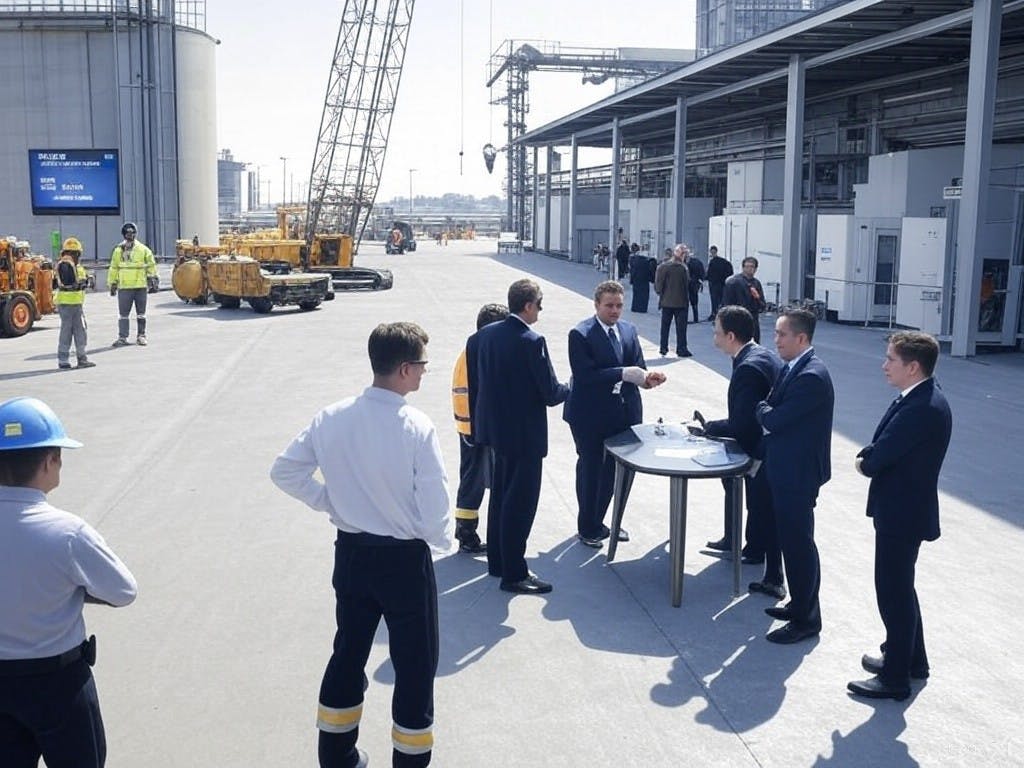
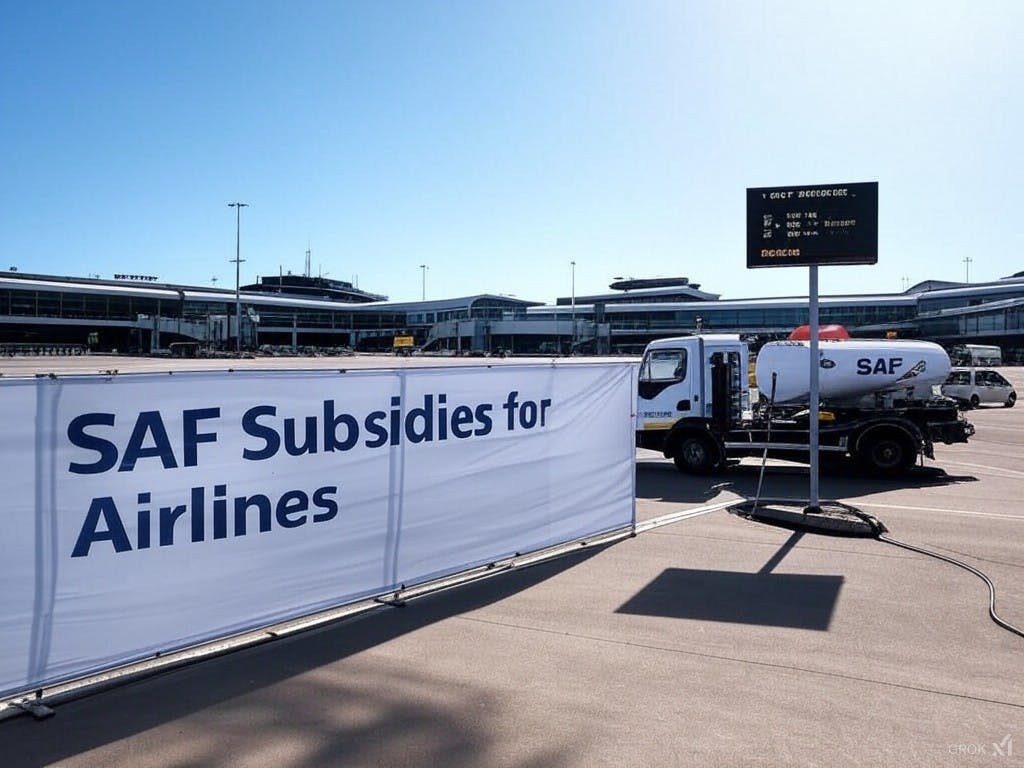
Incentives for airlines to use SAF
To encourage airlines to adopt sustainable aviation fuel, financial incentives are being introduced. Airports, such as Amsterdam's Schiphol, provide subsidies to airlines that uplift SAF. These incentives help bridge the cost gap between traditional jet fuel and SAF, making the transition more appealing.
However, the initial cost of SAF remains a barrier. Currently, SAF can cost three to five times more than conventional jet fuel. As the industry begins to scale up production, these costs are expected to decrease, but consumers may still face increased fares due to the higher price of SAF.
Long-term, the goal is to make SAF more competitive with fossil fuels through economies of scale and technological advancements. Airlines and passengers alike will need to adapt to these changes, understanding that the shift towards sustainable fuels is essential for the industry's future.
Environmental concerns surrounding SAF
While SAF presents a promising alternative to reduce aviation emissions, environmental concerns must be addressed. The production of biofuels, a common type of SAF, can lead to land use changes and deforestation. As demand for feedstocks rises, there is a risk of encroaching on natural habitats and contributing to climate change.
For example, the cultivation of palm oil for biofuels has been linked to significant deforestation in countries like Brazil. This practice raises questions about the sustainability of biofuels and their overall environmental impact. It is crucial for the aviation industry to ensure that SAF production does not exacerbate existing ecological issues.
To address these concerns, the industry must prioritize waste-based and synthetic fuels. These alternatives can help close the carbon cycle and reduce reliance on land-intensive biofuels. Continuous research and development are necessary to create sustainable practices that maintain fuel production alongside environmental stewardship.
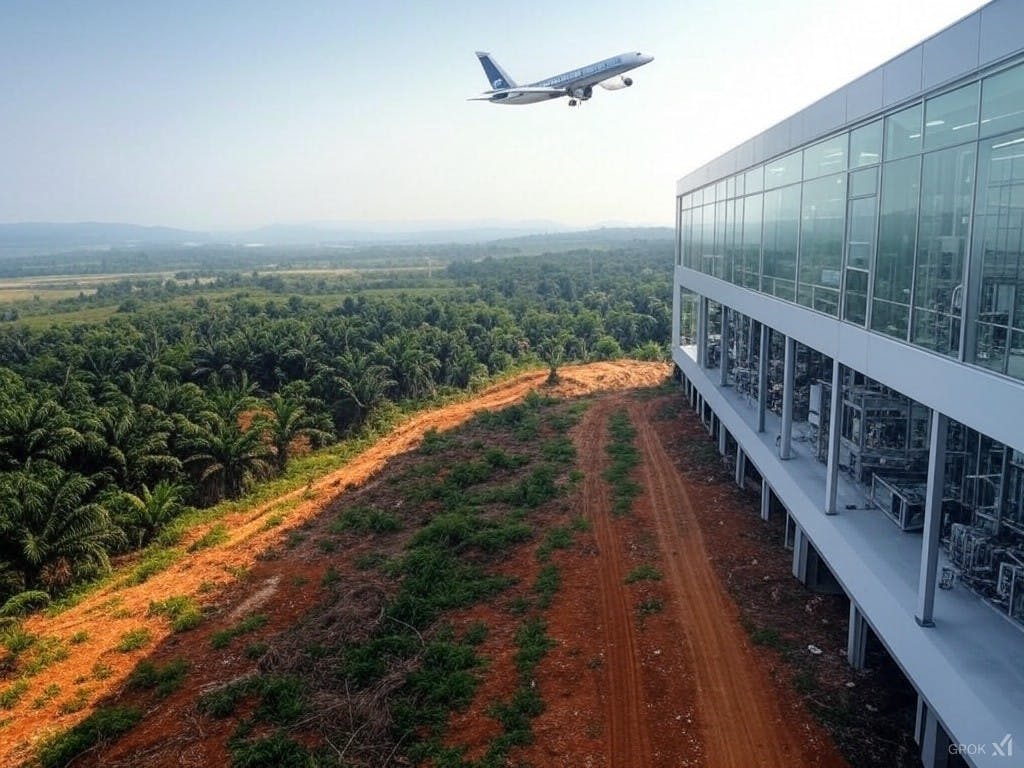

The path forward for aviation
The aviation industry stands at a crossroads, with the transition to sustainable aviation fuel being both a challenge and an opportunity. Airlines, manufacturers, and governments must work collaboratively to develop policies and frameworks that support SAF adoption. This includes establishing clear regulations, funding research, and creating incentives for investment.
Education and awareness are also essential. Stakeholders in the aviation sector should engage with the public and promote the benefits of SAF. This dialogue can help build trust and support for initiatives aimed at reducing the industry's carbon footprint.
Furthermore, innovation will play a crucial role in the journey towards cleaner skies. The development of new technologies and processes for SAF production can enhance efficiency and lower costs. As the industry evolves, it must remain adaptable, embracing new ideas and solutions to meet environmental goals.
Conclusion: The journey ahead
The transition to sustainable aviation fuel is a complex but necessary journey. While challenges exist, the commitment from industry leaders, governments, and consumers can drive meaningful change. Investments in production facilities, financial incentives for airlines, and a focus on environmental sustainability will be pivotal in this effort.
As we look ahead, the aviation industry must embrace innovation and collaboration. By working together, stakeholders can pave the way for a more sustainable future, ensuring that air travel remains a viable option while minimizing its impact on the planet. The journey may be long, but with determination and investment, cleaner skies are within reach.
17 South Street
Auckland 1010
New Zealand
info@carbonclick.com- -
- X
Sign up. Be inspired. Get clicking.
Subscribe now to stay up to date with CarbonClick, carbon offsetting and climate action.
By signing up you agree to our Privacy Policy.

